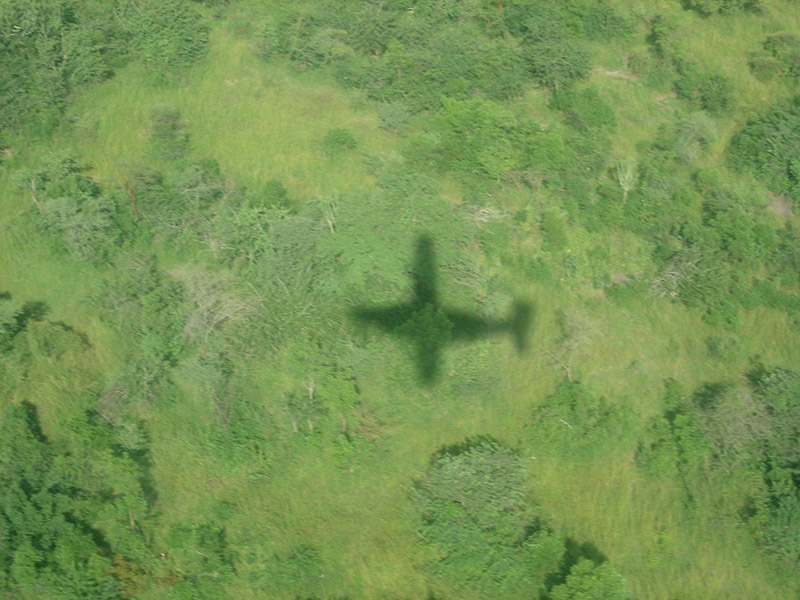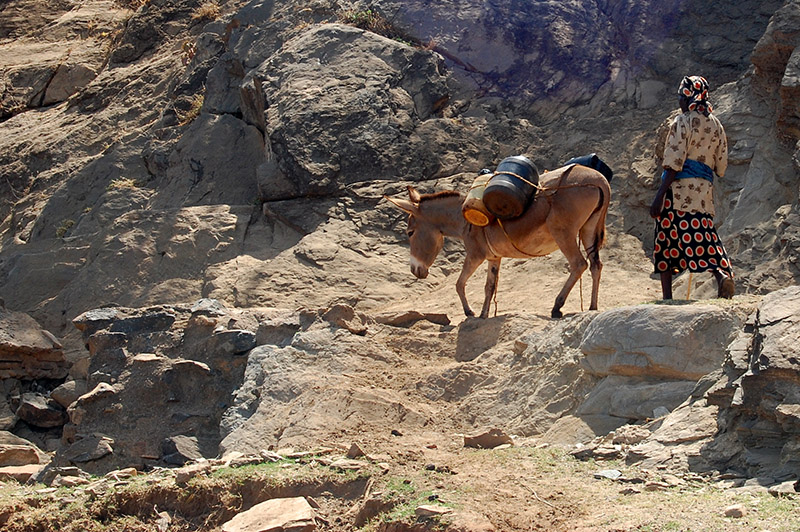HIV/AIDS: WHO and UNAIDS recommend circumcision
Male circumcision should be part of comprehensive HIV/AIDS prevention, according to recommendations by the World Health Organisation (WHO) and the Joint United Nations Programme on HIV/AIDS (UNAIDS). However, surgeons must perform properly. In principle, circumcision carries only a low risk, but that is only so when well-trained professionals carry out the procedure under hygienic conditions.
The recommendation by the WHO and UNAIDS follows the vote of an expert meeting in March, at which scientists, politicians and civil-society activists had expressed themselves in favour of circumcision as an anti-AIDS instrument. The two health organisations believe that the procedure, in southern Africa alone, could prevent 5.7 million new cases and three million deaths from AIDS over the next 20 years. Studies in Kenya and Uganda have shown that the infection rate among circumcised men is only half that of uncircumcised men (see D+C/E+Z 2/2007, p. 49).
WHO and UNAIDS stress, however, that circumcision does not provide complete protection from HIV. Rather, it is an additional precautionary measure that cannot replace responsible sexual behaviour and the use of condoms. Furthermore, critics are concerned that large crowds at hospitals and high surgery costs could lead men – and the parents of boys under the age of consent – to have the operation performed under unhygienic conditions. Doing so, however, could even exacerbate the AIDS crisis.
According to a study by the American research institute Interdisciplinary Scientific Research in Kenya, Tanzania and Lesotho, circumcised boys who have not yet had sexual intercourse are infected with HIV two to three times more often than their uncircumcised peers – a result of using unsterilised instruments. For that reason, WHO and UNAIDS recommend that countries with a high rate of infection in particular expand their treatment options as quickly as possible. Furthermore, age groups with an especially high rate of infection should be given preferential treatment.
Male circumcision provides some protection for several reasons. On the one hand, the foreskin is prone to tears, through which the HI virus can enter the body. On the other hand, the inside of the foreskin does not have the protein keratin, which prevents the virus from penetrating the skin. Researchers from the USA and Uganda are currently investigating whether the circumcision of HIV-infected men also reduces the rate of infection for female sexual partners. Conclusive results are expected next year.
(cir)



